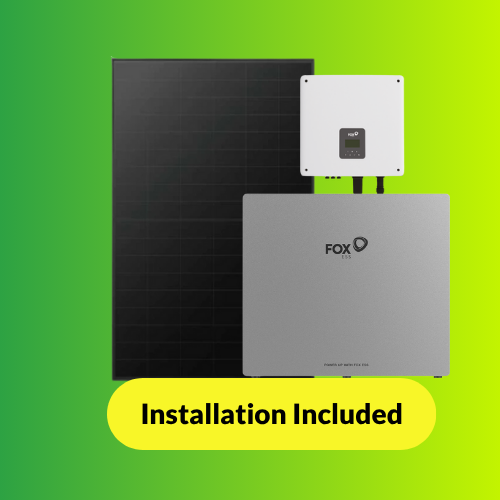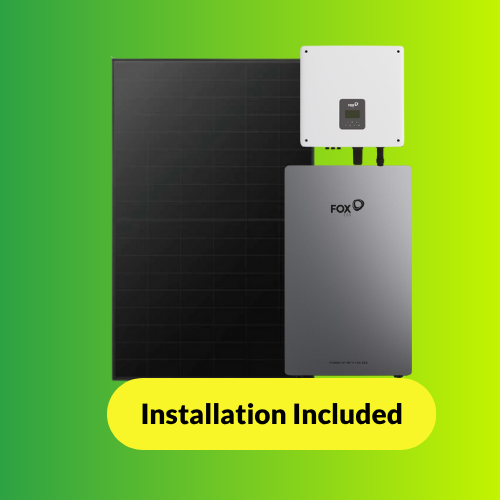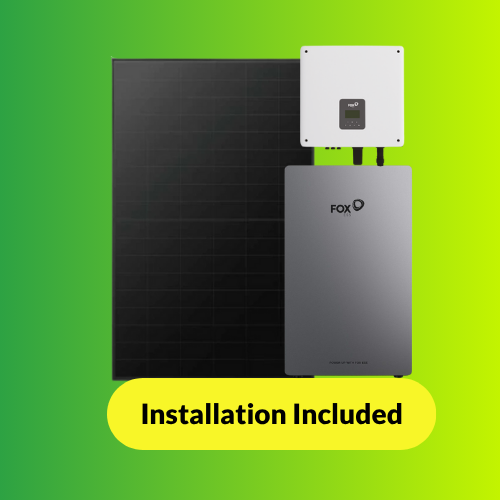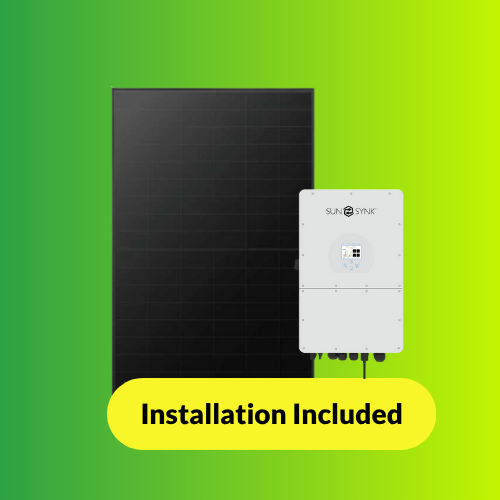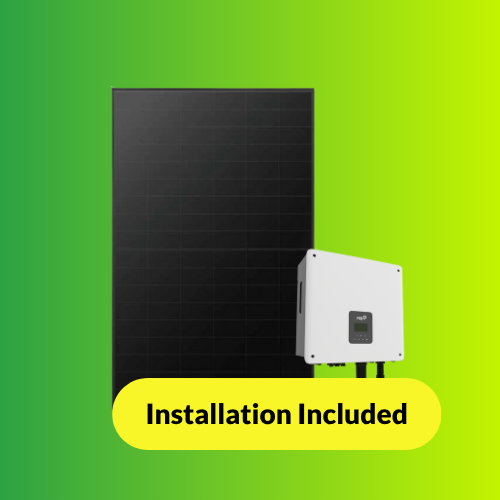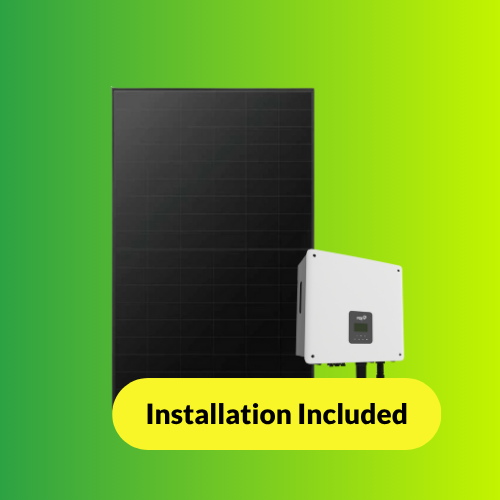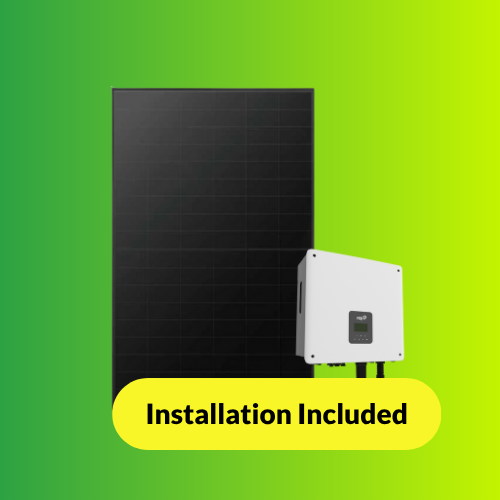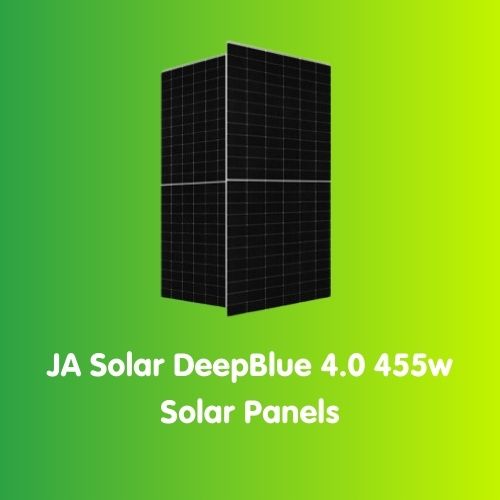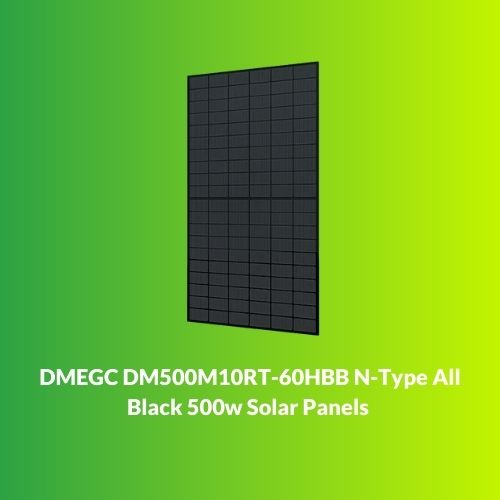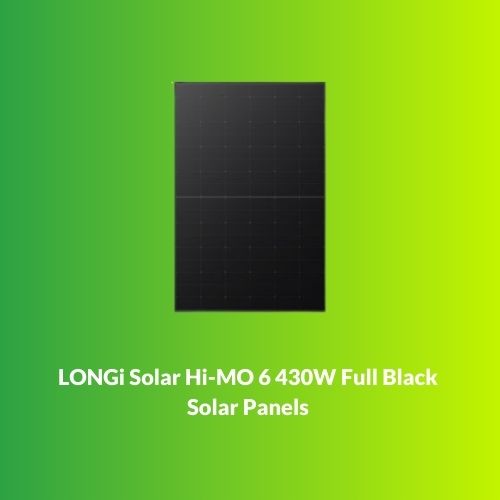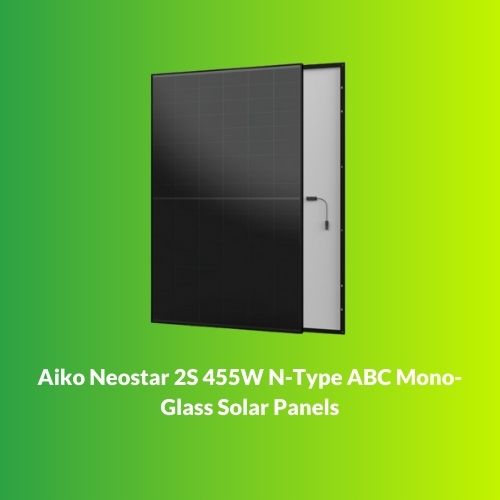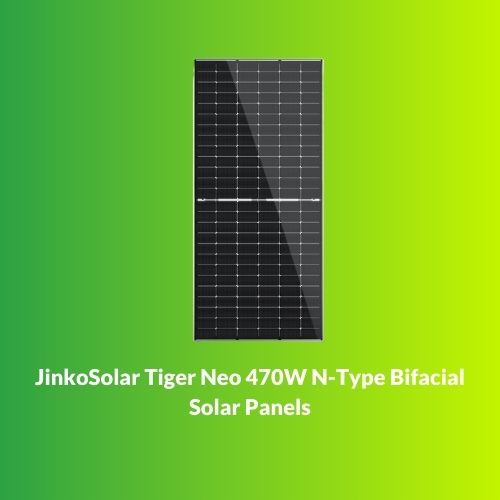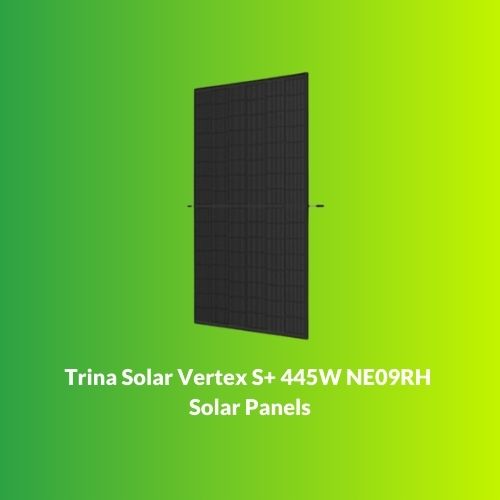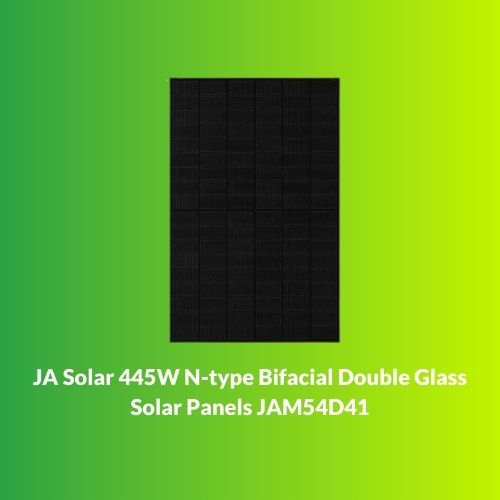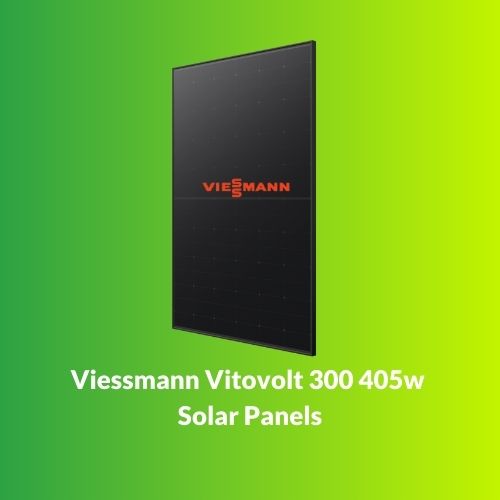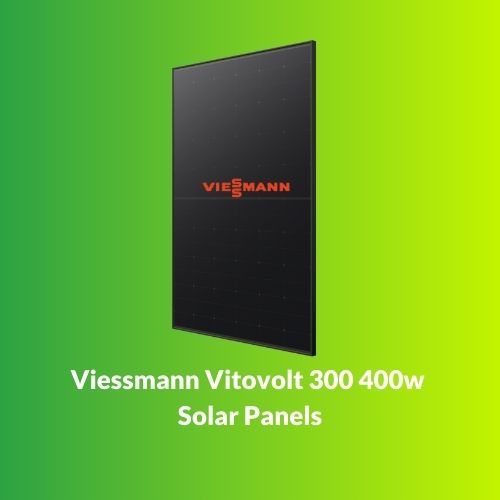Your basket is currently empty!
Solar Panels & Battery Storage
Filter & Sort
Start Your Solar PANEL Project Today
Buy 1 get 1 FREE Solar Panels With Installation!
Solar Finance Options & Price Match Too!
Solar Panels & Battery Storage for UK Homes
Get ready to power your home with the sun to generate energy with the best solar panel installation options in the UK At Green Central, the top solar panels with battery storage options that we fit are built for reliability, efficiency, and sustainability – perfect for the roofs of UK homes looking to make the smart switch to lower electricity bills. From saving money with the Smart Export Guarantee to reducing your carbon footprint, a domestic solar panel installation is the answer for eco-conscious homeowners looking to embrace the sun and make a positive impact.Your Solar Panel Installation
At Green Central, we handle every aspect of your solar panel installation with expertise and care, ensuring a seamless process from start to finish. Here’s how we take care of it all:
- Our qualified surveyors evaluate your roof’s condition and structural integrity to confirm it’s suitable for the installation of solar panels and safe for scaffolding, tailoring the setup to your property.
- We set up scaffolding for safe and efficient access, preparing your roof for the solar installation with precision.
- We securely attach fixing brackets to your roof’s rafters and clamp the solar panels in place, ensuring durability and optimal positioning.
- Our team connects the panels to an inverter, typically installed in your loft or near the breaker panel, converting DC electricity into AC for your home’s use.
- We thoroughly test the system to ensure it’s working perfectly, providing you with clear instructions on how to monitor and operate it.
- We clean up the site, remove scaffolding, and offer ongoing support and maintenance to keep your system running smoothly.
- Our work is audited to meet the highest standards, and we handle all necessary documentation using our streamlined automated process.
- Whether it’s a complex system, a flat roof requiring tilted panels, or an installation in your garden or on an outbuilding, we adapt to your needs. The process typically takes 1–3 days, depending on system size and complexity.
With Green Central, you can trust us to manage every detail, delivering a high-quality solar solution customised for your home.
Solar Battery Storage Options
Solar battery storage with solar panels in the UK saves money and boosts sustainability. Batteries store extra solar energy for use at night or on cloudy days, cutting reliance on the grid and lowering bills.
With rising energy costs, smart energy tariffs can maximise savings. You’ll also gain energy independence with backup power during outages and reduce your carbon footprint.
Plus, the Smart Export Guarantee lets you earn by selling surplus energy back to the grid. Support the UK’s net-zero goals with a smart, eco-friendly investment from Green Central!
Your Journey to Solar:
-
Book a Free Solar Assessment: Tailored to your home’s specifics.
-
Customise Your Solution: We’ll design the perfect solar system for you.
-
Installation: Quick, efficient, and handled by our certified professionals.
-
Enjoy the Benefits: Lower bills, SEG payments, and a sustainable lifestyle.
Traditional gas boilers can use solar panel-generated electricity to power components like ignition, controls, and pumps, decreasing grid dependency and reducing energy costs.
Spread the Cost
- Explore Funding Options – Contact your UK energy supplier to inquire about potential financial support and funding available through government schemes for your solar panels & installation costs.
- Flexible Finance to Suit You – We believe everyone should have access to green energy. With our solar panel finance options, you can pay monthly to suit your budget, ensuring you get a high-quality solar inverter and system without upfront expense.






